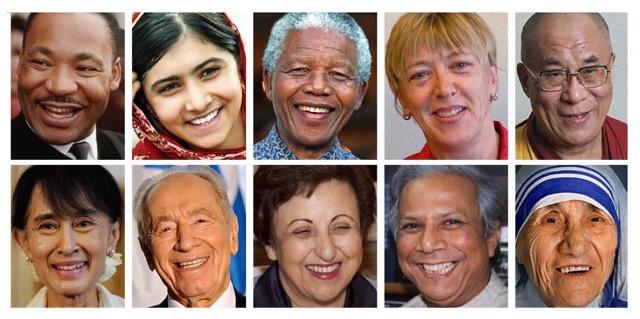"You never get a second chance
to make a first impression."
--Will Rogers
Like it or not, studies show that humans immediately categorize objects (including each other) the instant they are perceived. And what trait do we identify the quickest? Trustworthiness. Researchers say that over thousands of years humans have developed an accelerated and accurate ability to judge trustworthiness in others as an important survival mechanism.
What does this mean for you in the workplace? When you're meeting a person or audience for the first time, your facial expressions, eye contact, posture, appearance, gestures, body movement, voice tone, and speech are all signals that instantly send critical information. Because we don't get a second chance to create that indelible first impression, why not make it a positive one? When you do, you'll build instant credibility, capture attention, and cultivate trust. Here are eight easy ways to create a great first impression:
1. Use effective eye contact. When meeting another person, look directly into their eyes at least two to three seconds before looking away. This shows you have confidence in yourself and respect for the other person. Avoid eye-dart, which is glancing at someone for one second or less then looking away. A lack of effective eye contact jeopardizes a first impression because it conveys insecurity, disinterest, or lack of engagement.
2. Give a "Duchenne smile." What type of smile is this? Genuine and sincere. In the mid 1850s, French neurologist Guillaume Duchenne proved that heartfelt human smiles, those caused by true happiness, naturally engage the muscles around both the mouth and the eyes. In other words, a sincere smile raises the corners of the mouth, which raises the cheeks and forms crow's feet around the eyes. Duchenne's research revealed that humans instantly perceive this type of smile as genuine and feel positive emotions as a result. The smile is named in his honor. Here are examples of the "Duchenne smile" from ten Nobel Peace Prize winners around the world. No wonder Mother Teresa said, "I will never understand all the good that a simple smile can accomplish."

Martin Luther King, Jr., Malala Yousafzai, Nelson Mandela, Jody Williams, the Dalai Lama,
Aung San Suu Kyi, Shimon Peres, Shirin Ebadi, Muhammad Yunus, Mother Teresa
3. Offer your full attention. When meeting another person, avoid multi-tasking and practice open body language. Square your shoulders and point your toes directly toward them. Lean into the conversation; focus your eyes, ears and energy on your new acquaintance.
4. Deliver a confident handshake. Embrace the person's hand, fully and firmly, web to web. Shake up and down two to three times, while smiling and maintaining eye contact. When shaking hands, treat men and women with equal respect. Gender makes no difference, and either may initiate the handshake.
5. Optimize dress and appearance. With first impressions in the workplace, people perceive your clothes and grooming as symbols of your competence. Regardless of your organization's dress policy, make sure 'business casual' is not 'business careless.' Convey professionalism by wearing high quality well-tailored garments and a neat current hairstyle that is workplace-appropriate.
6. Use an enthusiastic voice tone. Speak with energy and volume allowing your voice to convey sincerity, cheerfulness, and confidence. Just as others see a smile on your face, make sure they hear a smile in your voice.
7. Remember their name. A person's name is the most important and persuasive word in their vocabulary. When you take the time to learn and remember others' names, it leaves a meaningful and lasting impression. To help you remember names, repeat the person's name aloud during the conversation at least two to three times, and repeat it silently to yourself while they're talking. Use visual association by connecting their name or face to something familiar.
8. Show interest in the person you are meeting. Immediately after meeting a person and learning their name, ask a thoughtful question about them or bring up a subject of importance to that person. By expressing genuine interest in your acquaintance's background, career, hobbies, family, or anything else closely connected to him or her, you make them feel important and valued. As Maya Angelou reminds us, "People will forget what you said, people will forget what you did, but people will never forget how you made them feel."
If you would like to learn more about creating great first impressions and delivering effective presentations, please read my book Well Said! Presentations and Conversations That Get Results (available in Hardcover, Kindle, and Audio).
http://www.amazon.com/Well-Said-Presentations-Conversations-Results/dp/0814417876
Feel free to contact me directly to schedule an in-house corporate training event for your team. I would be honored to support your speaking success.